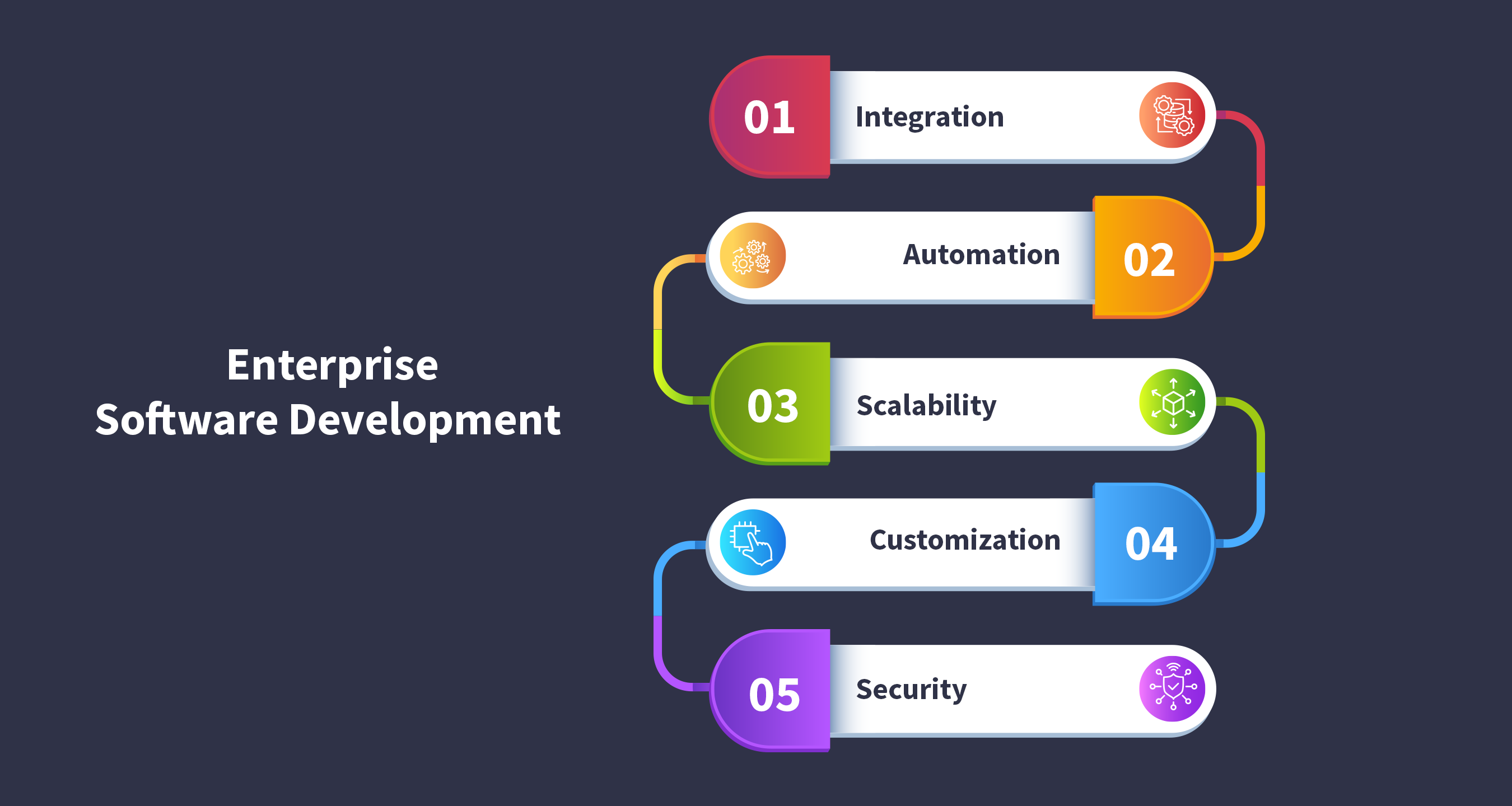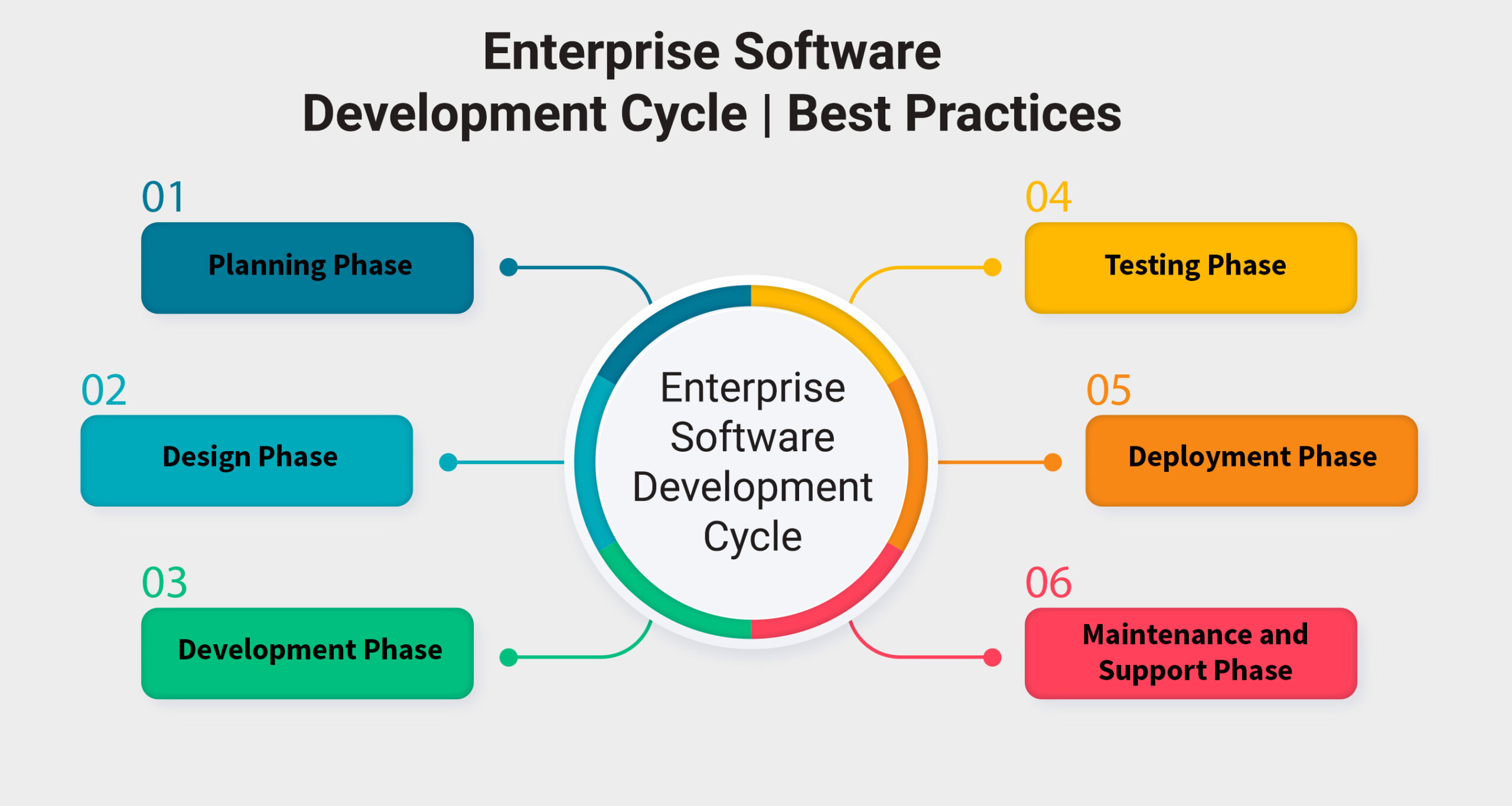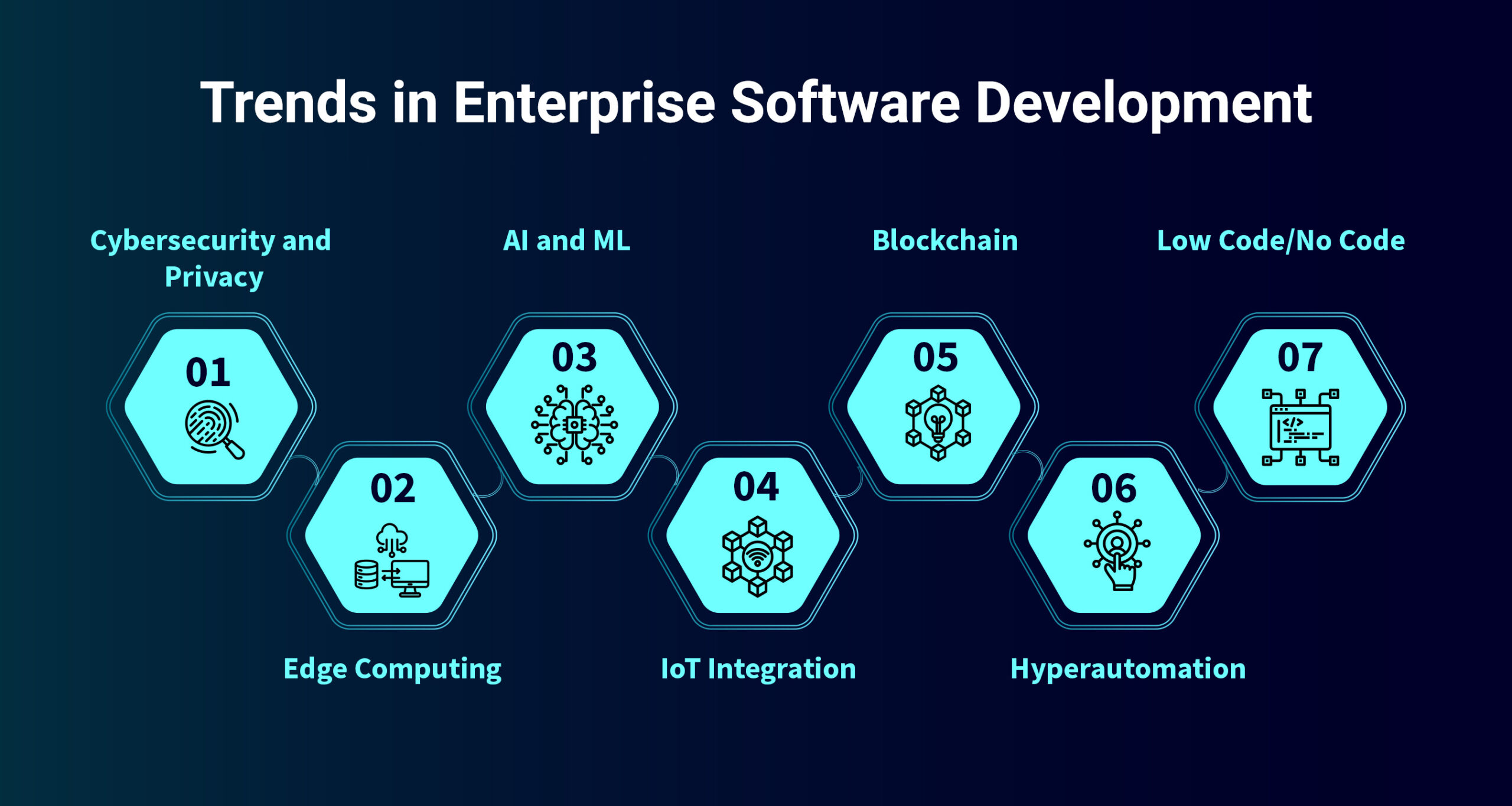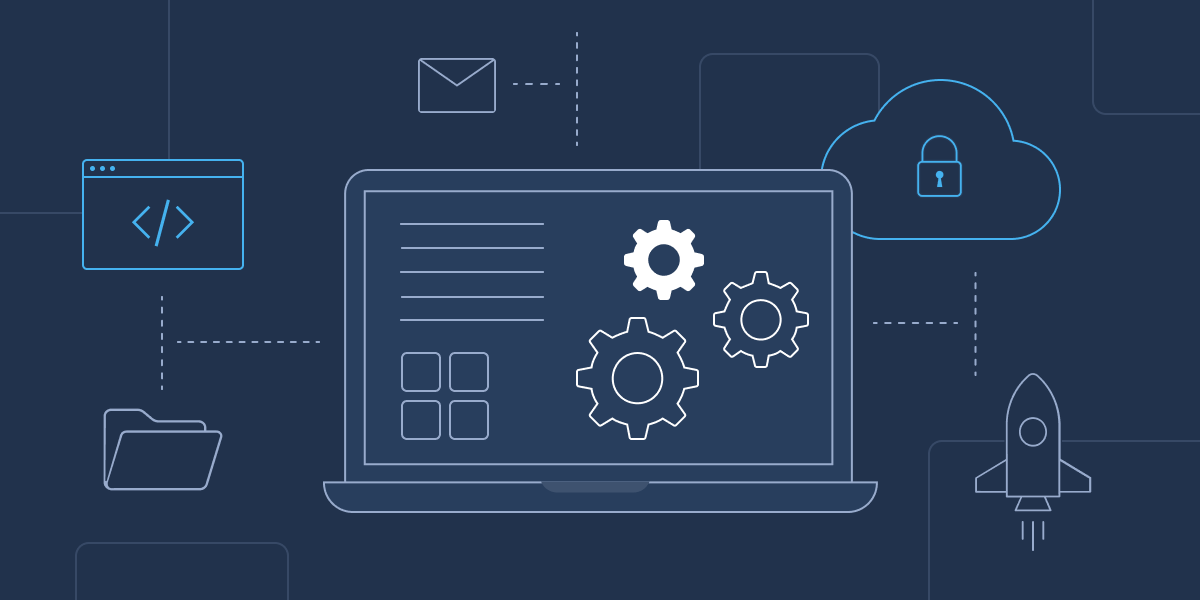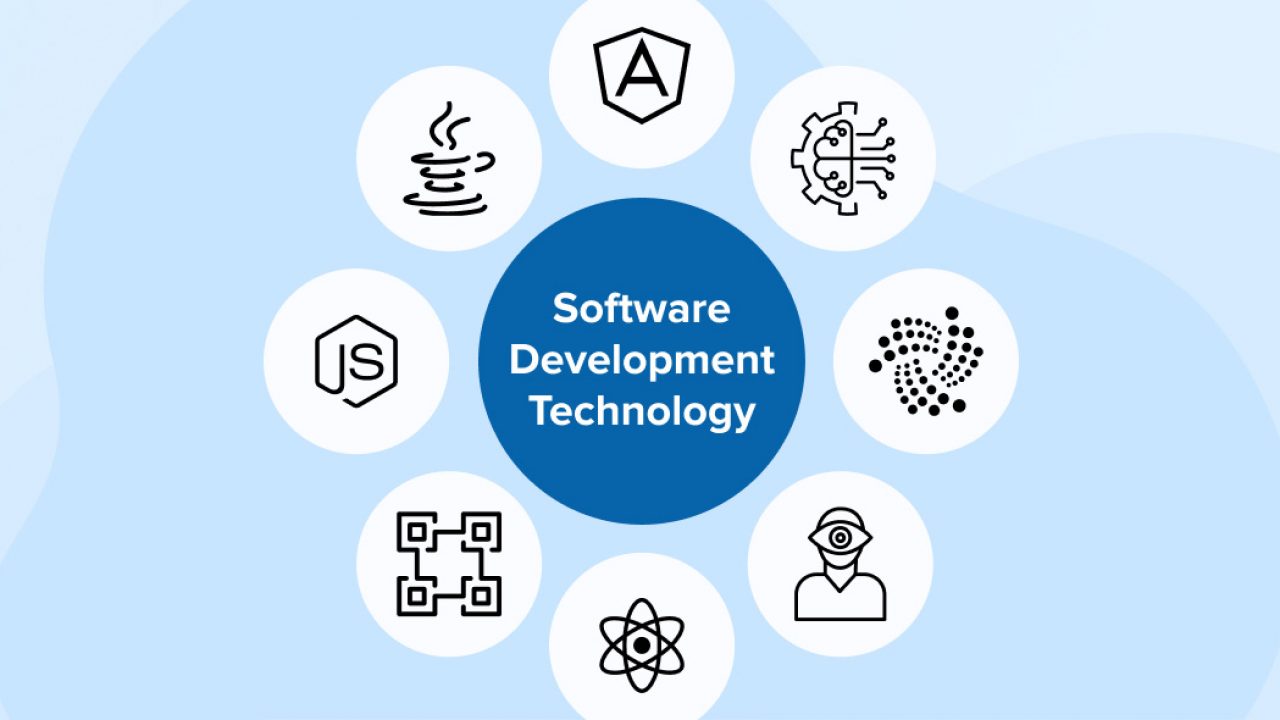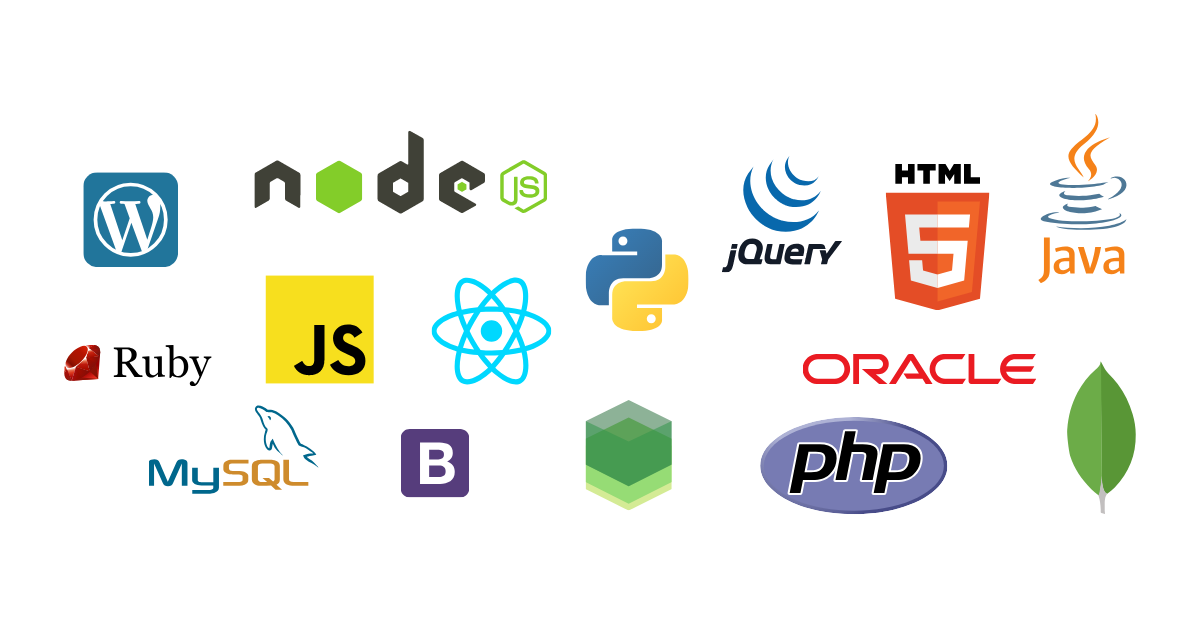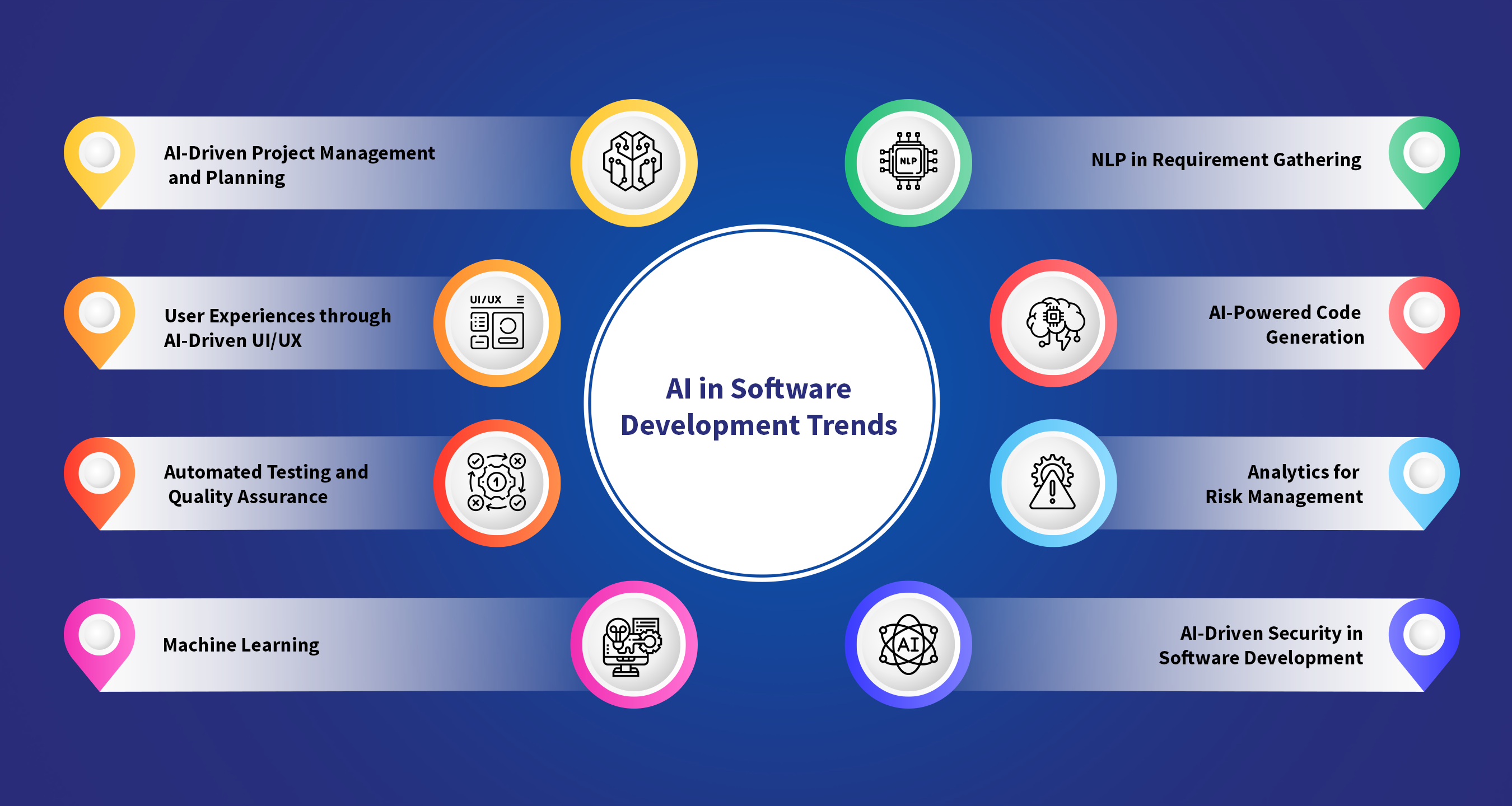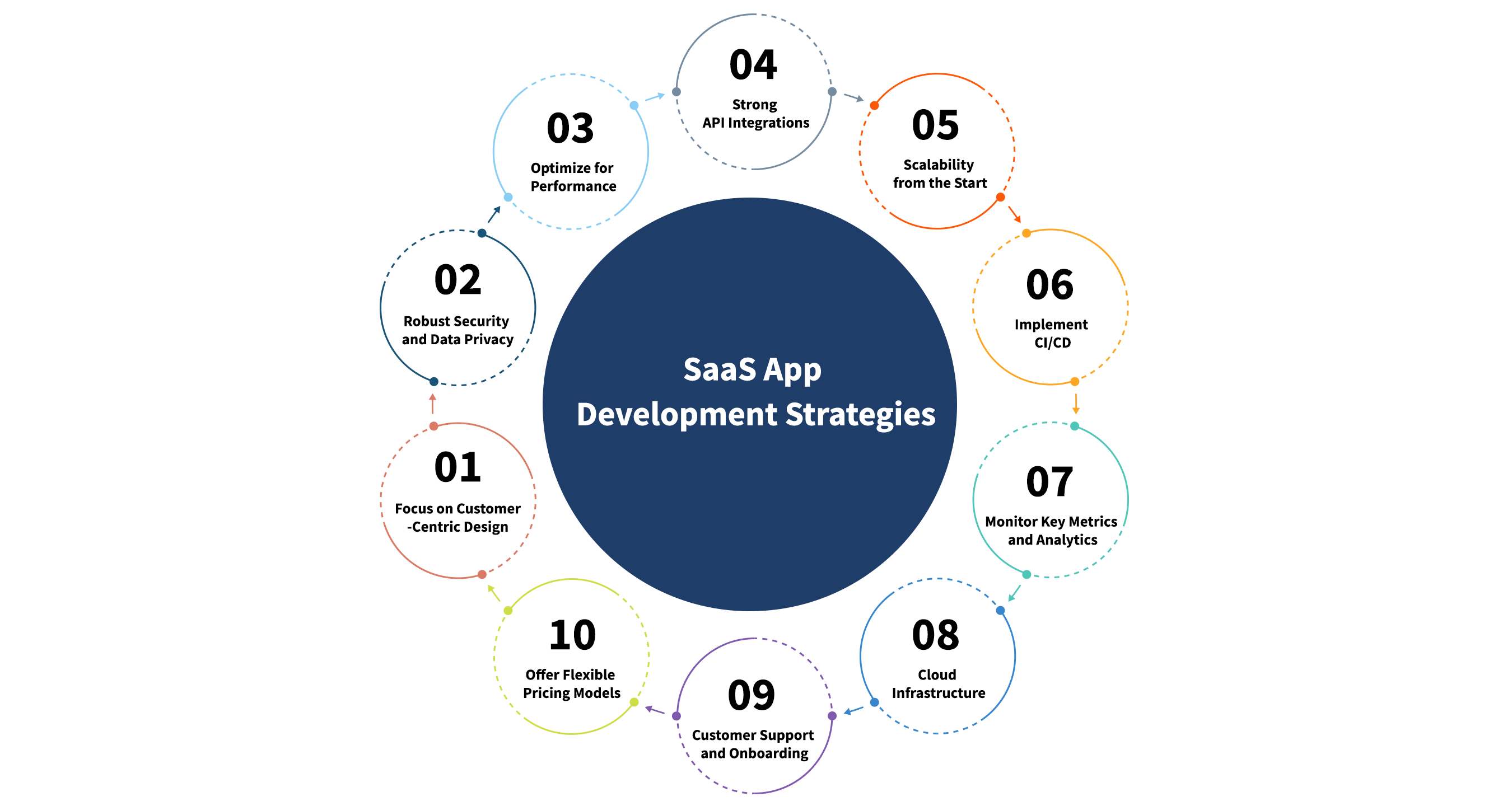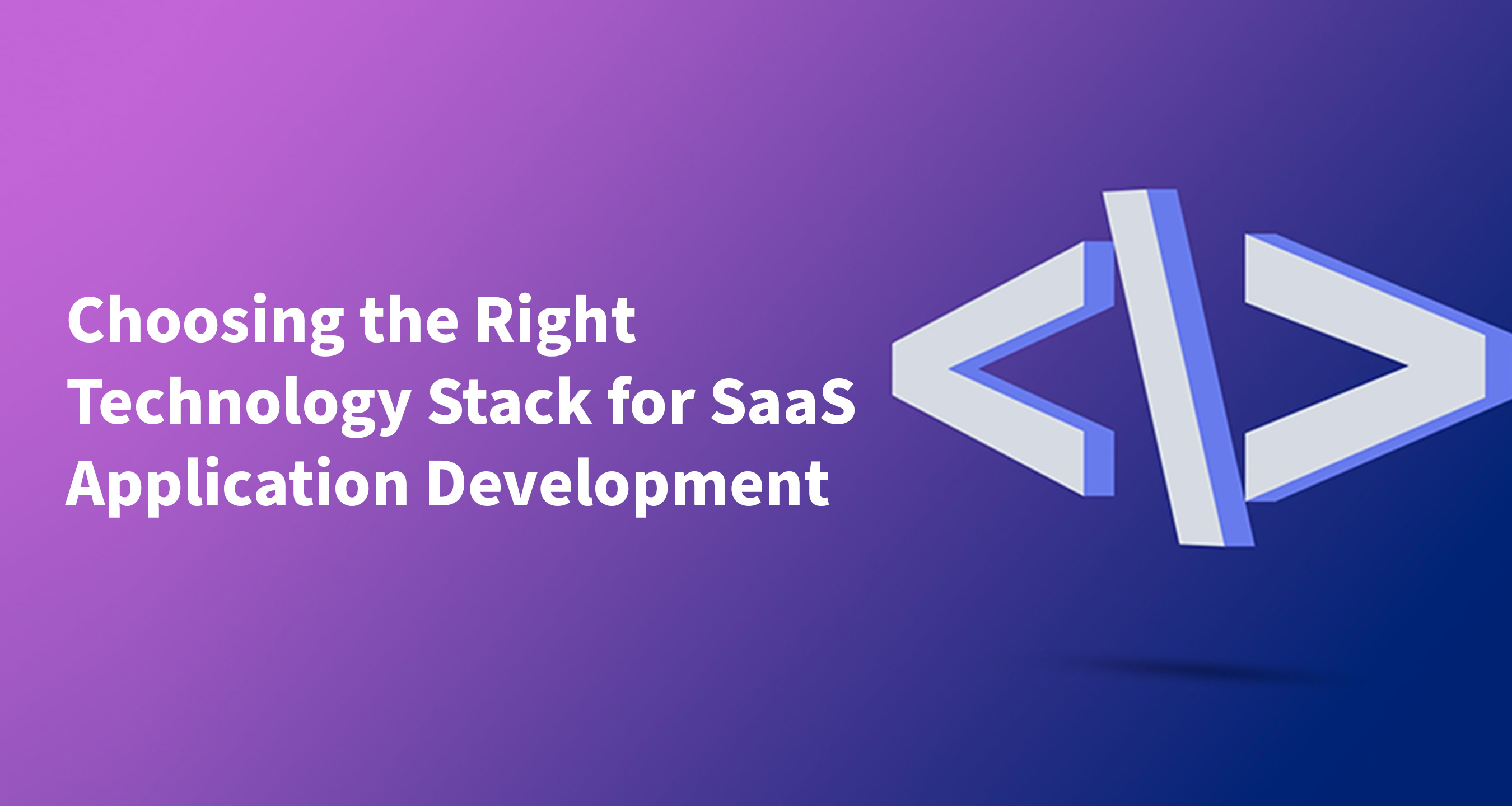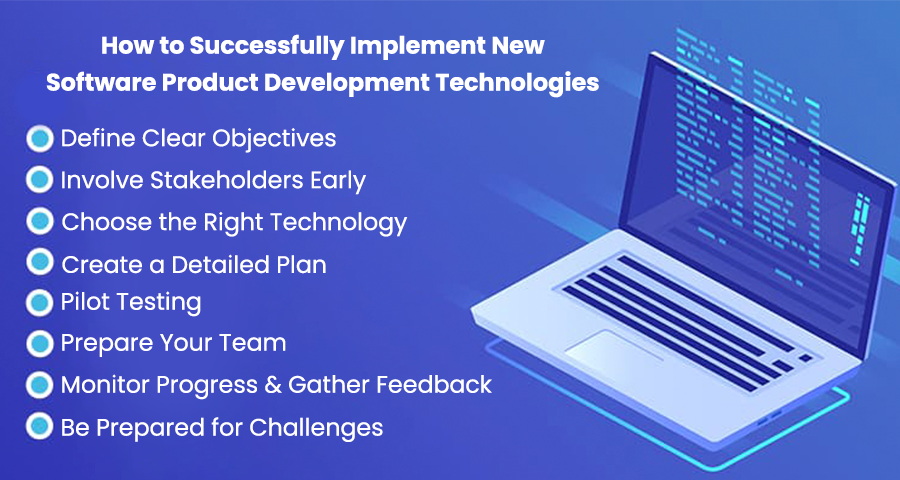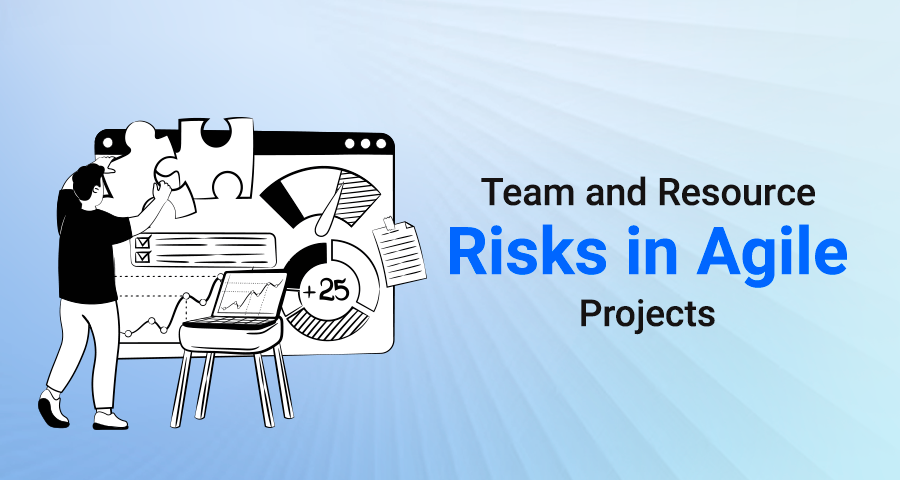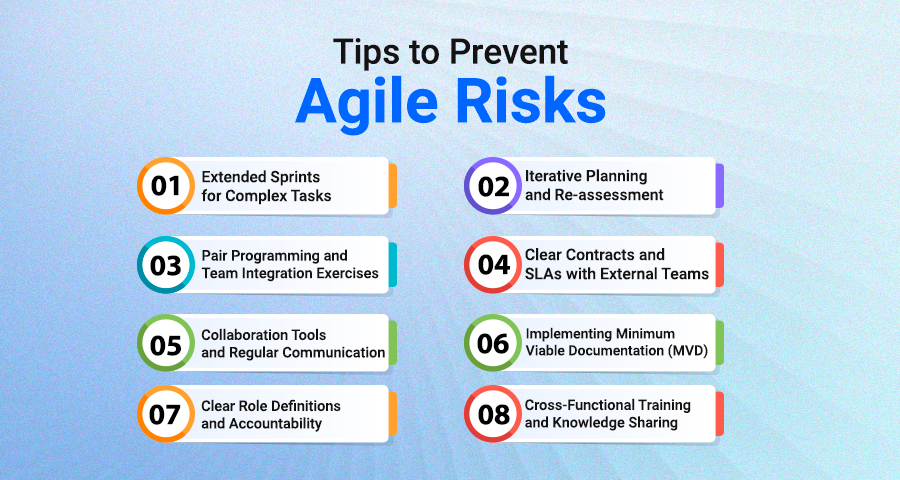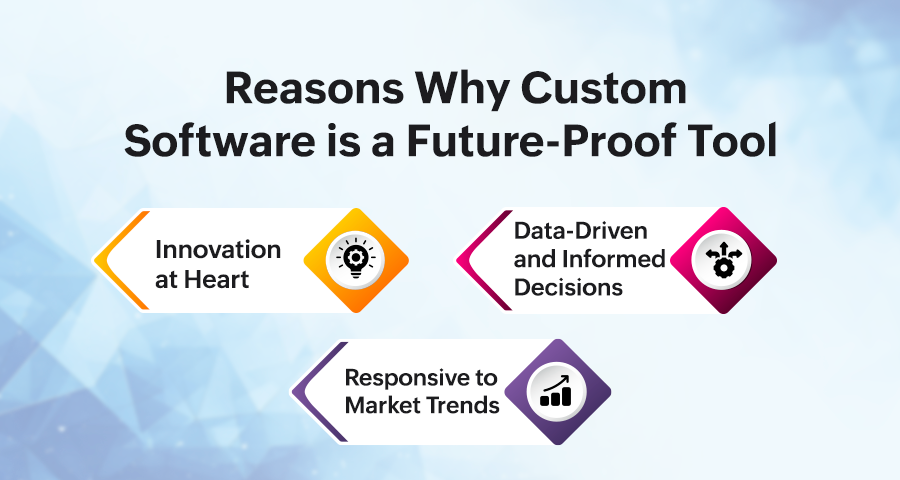The education system, one of the most revolutionary sectors transforming countless lives, is now undergoing its own transformation with the rise of the digitally enhanced world, leading to eLearning. Bidding a big adios to physical classrooms—once compared to fish markets by teachers due to their noisy environments—eLearning has emerged as an innovative, simple, and efficient way to gain knowledge.
From easy-to-understand videos to self-assessments, students are now just a finger tap away from learning, all from the comfort of their homes. This drastic shift has significantly increased the popularity and demand for eLearning software development. By 2025, the eLearning sector is set to become even simpler, smarter, and faster. In the light of this, we’ve outlined the most transformative eLearning software development trends that you should know.
What is eLearning Software Development

Let us give you a quick overview of eLearning software development and what sets it apart from regular software development.
Well, to begin with, this particular software development focuses on ensuring that a wide range of learners can access the application anytime and anywhere with an active internet connection. Features such as accessing study materials, guides, assignments, self assessments, and grading, along with enabling faculty to upload various guides and tutorials, are all integral to an eLearning web application and mobile app.
Following are the key components that an eLearning software development delivers:
- LMS (Learning Management Systems): LMS platforms are the backbone of eLearning, offering features to host educational content, track learning progress, and manage assessments.
- Mobile Learning Apps: In today’s mobile-driven world, every student is a mobile app user, making e-Learning apps essential. An educational app ensures low latency, quick accessibility, and seamless scalability.
- Collaboration & Video Conferencing: Virtual classroom tabs break traditional classroom boundaries, enabling collaboration between students and teachers and fostering group activities.
- Assessment & Analytics: Beyond facilitating learning, eLearning platforms offer robust assessment tools and analytics to track progress and identify areas for improvement.
- Content Creation: The platform simplifies content management, supporting a wide range of materials like videos, PDFs, audio files, quizzes, and presentations for engaging learning experiences.
eLearning Software Development Trends to Watch in 2025
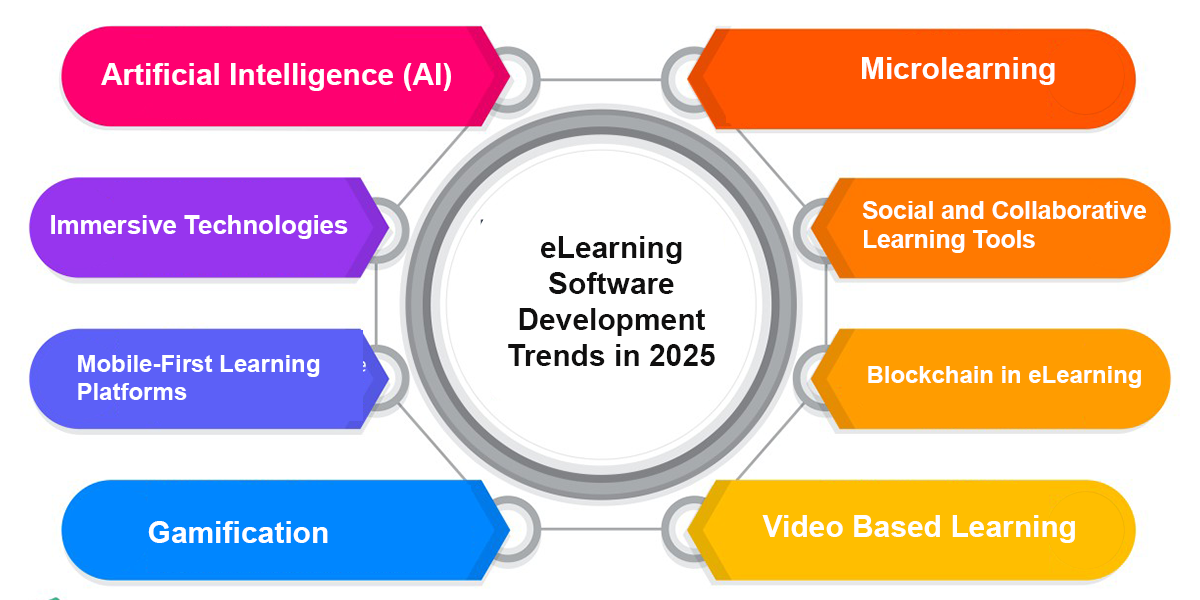
Now let’s explore the upcoming e learning app development trends, along with their suitability to industries and people, apart from students, to ensure your applications remain relevant and cutting-edge. Implementing these eLearning trends help every ed tech startup join the list of the best eLearning app development companies. Besides, the educational institutions will have a competitive advantage by offering the best eLearning solutions to their learners.
1. Artificial Intelligence (AI)
For the past few years, it’s been all about AI, and this will continue for at least another couple of years. Artificial Intelligence is transforming the world, adding innovation and intelligence. When it comes to e-Learning solutions, this trend can significantly enhance the student experience by analyzing their preferences, and tracking their learning progress to suggest tailored guides and tutorial videos. Also, AI-powered chatbots enhance the experience even more.
When AI in online education is paired with Machine Learning (ML), the personalized learning experience is taken to a further level introducing learners to the next-gen education with precise analysis of their patterns, and behavior. AI and ML are set to reshape eLearning software development by automating various tasks, providing real-time feedback, and delivering great personalization.
Suitable For:
- Finance Industry
- Data Scientists
- Corporate Training Managers
2. Immersive Technologies
Learning has always been a fun and engaging experience and eLearning software development is taking it up a notch with AR and VR technologies. Augmented reality (AR) enhances interactive classes, providing students with hands-on experiences with the help of immersive environments. By overlaying digital elements like 3D immersive models, presentations, and simulations, AR transforms virtual classrooms into dynamic spaces that boost engagement.
Discussing Virtual Reality (VR), it offers a fully immersive, digitally simulated environment, that is free from real-world distractions. VR technology is a growing trend that allows learners to explore, interact, and absorb knowledge in a totally virtual world, fostering a deeper and more focused understanding of complex concepts without a speckle of distraction.
Suitable For:
- Military Training
- Healthcare
- Engineers
3. Mobile-First Learning Platforms
Since the introduction of smartphones a decade ago, they’ve become indispensable for everything—from finding cupcake recipes and chatting with friends to booking flights and even participating in online classes. This evolution has ushered in a mobile-first world, where even search engine optimization is adapting to prioritize mobile searches.
As a result, every educational app development company is focusing on making themselves pros at developing scalable and robust mobile applications. In today’s fast-paced world, most learners prefer go-to classes they can access anytime and anywhere. This makes the development of eLearning mobile applications not just important but essential for staying relevant in the eLearning industry.
Suitable For:
- Logistics Industry
- Retail Industry
- Field Workers
4. Gamification
Software development is all about making interactions and engagement more enjoyable and captivating, which explains the rapid rise of demand for gamification. Many software applications now boast gamification features to enhance user interactivity.
Recognizing this demand, eLearning software development is swiftly incorporating gamification into its eLearning platforms. As a dynamic alternative to monotonous learning, the fun approach includes puzzles, games, rewards, leaderboards, and more. e-Learning solutions with gamified features activate the reward system in learners’ brains, helping them retain information better and achieve higher grades. Bottom line, it will turn the learning experience exciting and memorable.
Suitable For:
- Corporate Training
- HR
- Game Developers
5. Microlearning
Traditional learning often felt like cramming vast amounts of material into our brains, ultimately leading to stress and burn out. However, the smarter, modern approach is shifting towards microlearning. This method allows learners to quickly grasp topics through short, easy-to-digest videos or neatly curated bite-size materials.
As mentioned earlier, people with busy lives are looking for quicker ways to achieve their goals, including education. Microlearning caters to this demand by offering compact content that requires less storage space, minimal internet usage, and faster access. Hence, incorporating microlearning into your eLearning software development is a powerful way to enhance user engagement and adaptability.
Suitable For:
- Customer Service
- Healthcare
- Busy Professionals
6. Social and Collaborative Learning Tools
It is safe to say that, without any doubt, social media has gained more attention than one could have imagined. Almost every Gen Z, millennial, and boomer is actively participating on various social media platforms. So, why not make your eLearning software development social media friendly?
Introducing various elements of social interaction and collaboration into your eLearning software development allow users to quickly share insights, content, and more. Moreover, collaboration between teams helps facilitate swift brainstorming. Group activities become easier to manage, simplifying the experience for users. Besides, a community space allows users within the same group to interact with each other.
Suitable For:
- Government
- Employers
- Corporate Training
7. Blockchain in eLearning
To put it in a nutshell, blockchain is a rapidly growing trend. Why? It promises more security, transparency, and optimization. All of these are crucial for handling sensitive data for industries, like eLearning. With the increasing amount of content and users’ sensitive information, blockchain is rapidly emerging as one of the crucial eLearning software development trends.
Applications that provide quick course completion certificates, such as degrees and badges, which require authentication and verification, can benefit from blockchain technology. Furthermore, blockchain assists students from different countries pay for online educational classes without currency conversion, as it facilitates crypto exchange.
Suitable For:
- Government
- Corporate Training
- Employers
8. Video-Based Learning
One can easily argue that learning via videos is impactful and efficient. Not just students, but everyone is turning to quick YouTube tutorials to understand anything they want and become a pro, just like that. This calls for transforming our education into video-based one.
Understanding and focusing on this, eLearning software development is making its applications video-friendly. Teachers can easily upload rich video content, and learners can access them quickly with low latency. Moreover, the applications are also facilitating offline learning modes, allowing users to download videos for later use, without the need for active internet connection.
Suitable For:
- Media and Entertainment
- Language Learning
- Trainers
9. Focus on Accessibility
Most of the applications, websites, and other software products boast efficient accessibility features, allowing differently-abled individuals to have equal access to them. Similarly, eLearning apps are becoming more user-friendly by introducing accessibility features. eLearning software developers are ensuring that the applications are designed and developed to be accessible by everyone.
By offering accessibility, the e learning app development services not only become more inclusive but also ensure compliance with legal and regulatory guidelines. Some of the popular accessibility features include transcripts, closed captions, screen readers, larger and clearer fonts, high-contrast colors, and easy navigation. So, wait no more and make your eLearning software development friendly to specially abled people.
Suitable For:
- Healthcare
- Government
- People with Disabilities
Tips for Successful eLearning Software Development
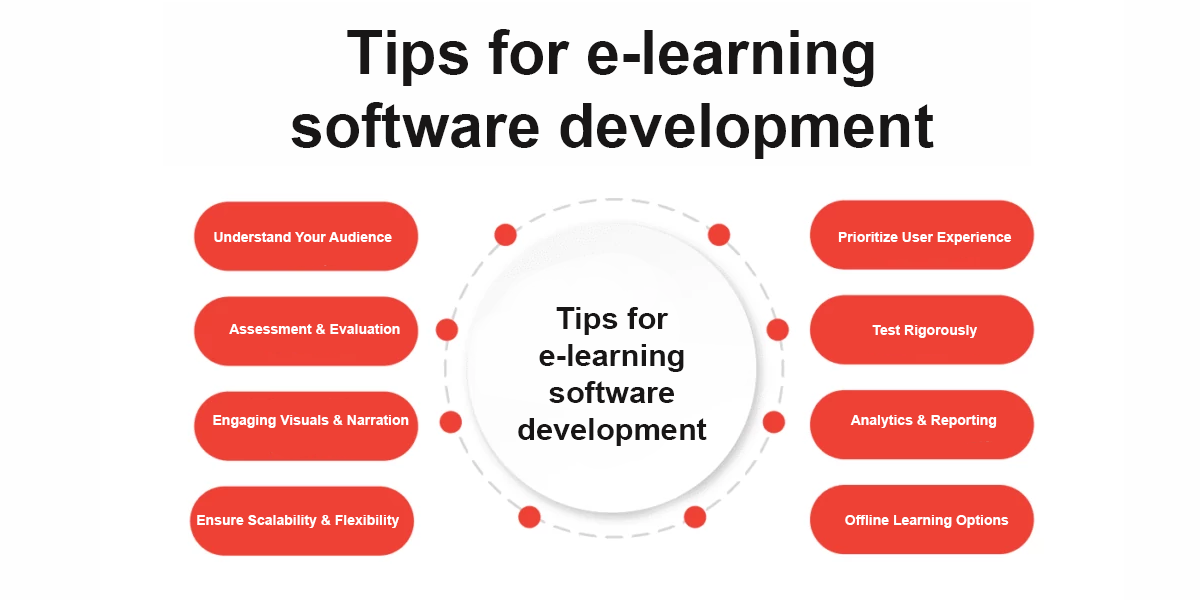
Developing an application is different from developing a successful one. The difference lies in taking effective measures during the development and deployment process. Below are some tips to make your eLearning software development a fruitful one:
1. Understand Your Audience
Start by understanding your audience to design the best elearning development strategies. “What do they want? How do they prefer their eLearning apps?” are some questions. For this purpose, integrate AI in eLearning platforms.
2. Assessment & Evaluation
Learning is only completed when it is put to the test. Ensure your eLearning app facilitates quick assessments and evaluations for learners. Self-assessment is becoming a growing requirement for many, so take advantage of it.
3. Engaging Visuals & Narration
Help your learners quickly grasp concepts with clear and captivating visuals. When it comes to narration, ensure the audio is clear, easy to understand, and free of buffering.
4. Ensure Scalability & Flexibility
These are crucial for every software development project. Every developer ensures scalability and flexibility in their applications. Efficient scalability and optimized flexibility ensure that users can access the eLearning applications seamlessly.
5. Prioritize User Experience
It’s not only about captivating visuals but also responsiveness, low latency, easy navigation, compatibility, and more. The eLearning software must guarantee mobile responsiveness, a stunning UX, and intuitive UI elements.
6. Test Rigorously
Once your eLearning software is developed, test it thoroughly in staging environments to ensure smooth execution. Conduct unit, integration, and performance testing to perfect it, minimizing potential issues before launch.
7. Analytics & Reporting
Just as assessments help learners track their progress, analytics and reporting tools assist educators in monitoring student performance. Incorporate a dashboard in your application that provides real-time, in-depth insights.
8. Offline Learning Options
A user can remember the topic details for a limited time and might want to get back to it or reminisce about it later. Offline learning offers users the flexibility to access content anytime, without the internet.
9. Gather Feedback & Iterate
There is no such thing as perfect, but, one can get closer to it. Collect user feedback post-launch and iterate based on insights to refine the project. Regular updates result in your software being up-to-date and functioning effectively.
10. Maintenance & Updates
Staying in trend without any flaws is very necessary in the contemporary world which is driven by various digital innovations. Regularly monitor for eLearning technologies, bugs, and security concerns, and implement timely updates and bug fixes.
Conclusion
Since the advent of the internet, we’ve had a steady stream of trends and technological advancements each year. At the heart of these innovations lies software development, which drives progress across various industries. It necessitates every software development company actively watch out for any trends and familiarize itself with them.
Various domains in this field, including eLearning, are going to experience many trends in 2025. Most of them are highlighted above for your easy understanding. We hope your next eLearning software development project becomes a huge success with our guide on top education trends 2025.
Let’s make things easier. No more fuss and mess in creating the best eLearning application—our eLearning software development services and operations are here for you. Don’t waste time on researching, analyzing, and developing. You’ve got Zaigo Infotech to do that for you.
Keen to know more? Get in touch with us today.



